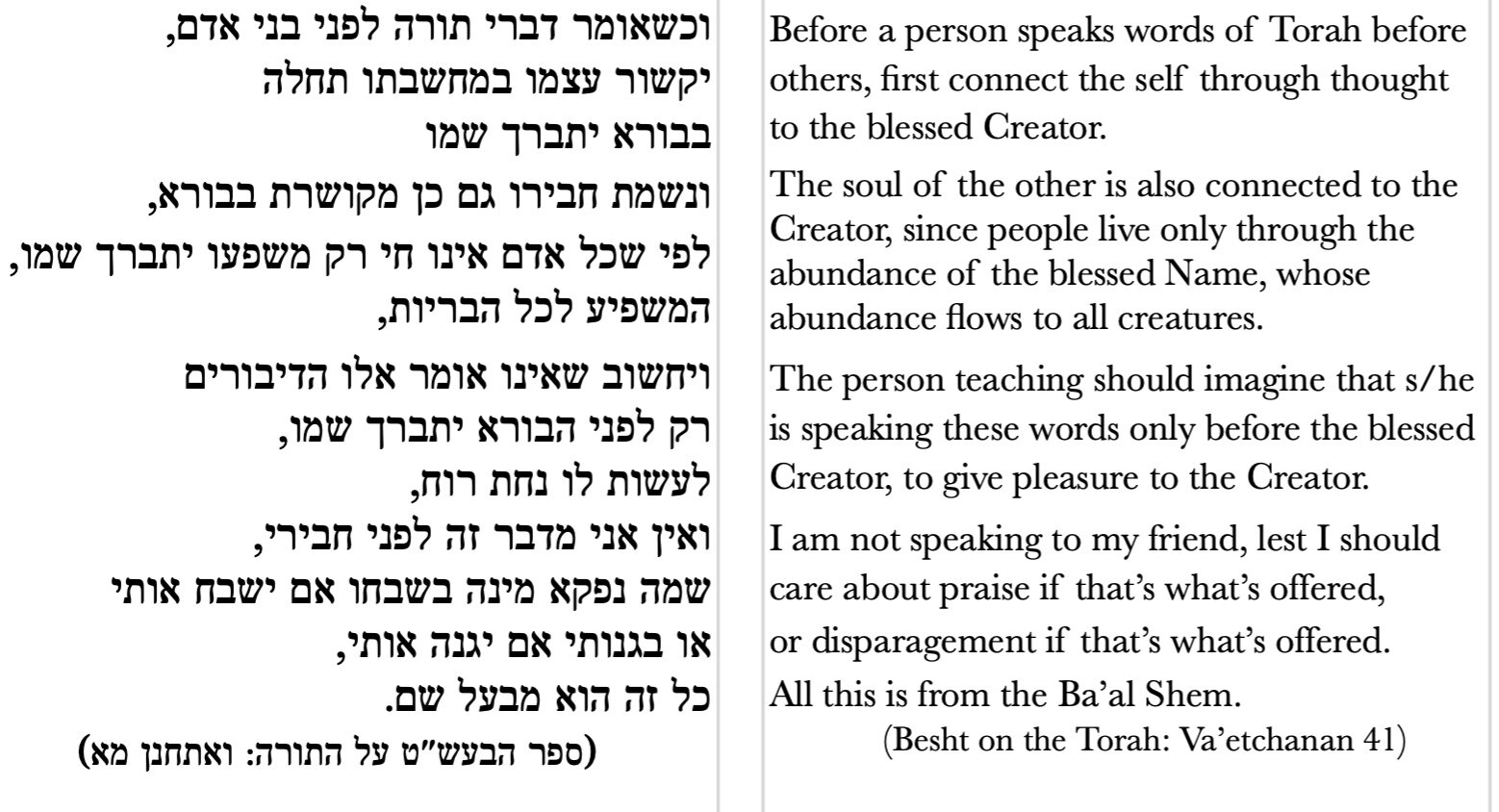This is the second in a seven part series.
INTRODUCTION: PART TWO
I worked preparing the session with the ordination students for the weeks between when I was asked and when it actually occurred. During that time, we had three heavier than usual storms on Hornby Island and, by the time the third one ended, we had lost power four times this season (with another one at the end of March, due to a heavy windstorm). As I wrote this, we were 18 hours into what turned out to be a 22 hour outage, my house had gone dark as the rain continued, my generator stopped providing power, my battery backup system also fully discharged, and I was apprehensive about what I would find when I next opened the fridge door which had been closed the entire time (everything was okay). Trying to maintain focus and consistency was difficult, to say the least. In my mind, this is the combination of the pandemic and climate crisis which are not parallel but intertwined.
There is also a similar way of giving and receiving Torah with another, one in which both teacher and student are interconnected. We often think that Talmudic debate is a win-lose contest, yet that is often not the case. It is not a question of right and wrong when Hillel says light one candle first and then increments of one more for the eight nights and Shammai says start with eight and light one less each subsequent evening. The purpose of much of Talmudic discussion is to reveal the best possible scenario in each differing opinion and then, often, to be satisfied with the clarification and leaving the final decision to the people actually dealing with the situation. “The words of these and the words of these are the words of the living God.”
This mindset is beautifully expressed by the Besht:

